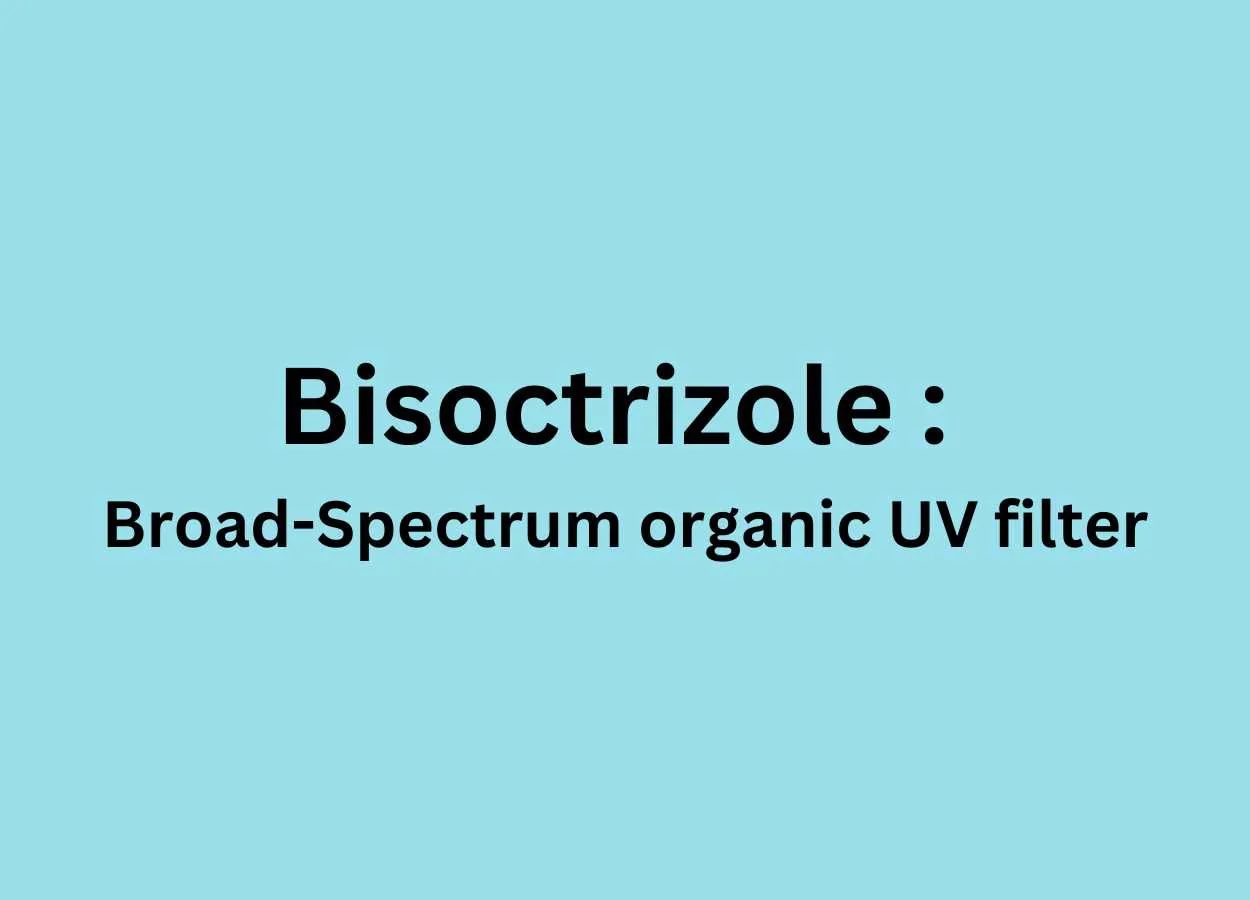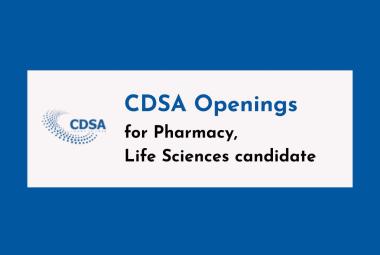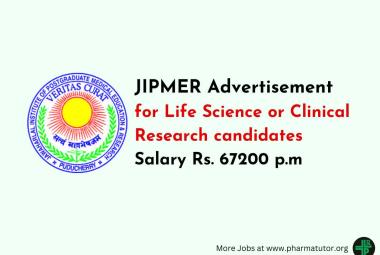 Vinay Kumar Singh.
Vinay Kumar Singh.
Head-Formulation
Kumar Organic Products Research Centre Pvt. Ltd.,
Bengaluru
Email : formulation_krc@kopresearchcentre.net
It provides the broadest-possible UV protection based on micro-fine organic particle technology. The photo-stable UV filter functions in the water phase and thus combines soluble components in the oil phase. It is highly efficient at low concentration.
It's a hybrid sunscreen, meaning it's half-way between physical (the ones that, at least partly, reflect the sun) and chemical agents (that absorb the rays, which most sunscreens do). It is a new generation UV filter. It gives nice broad-spectrum coverage (280-400 nm, meaning UVB as well as UVA protecion) with peak protection at 305 nm and 360 nm and it is highly photostable. It can also help to stabilize other less stable sunscreens, like Octinoxate and works together with other UV-filters. It is neither water nor oil soluble and works as a suspension of micro fine particles. The safety profile of this molecule is great. It is not absorbed into the skin and unlike some other chemical sunscreens, it does not show estrogenic activity.
INCI Name of it is Bis-Ethylhexyloxyphenol Methoxyphenyl Triazine
Key Features :
• Provides high photostability and long-lasting UV protection
• Offers excellent compatibility in sunscreen formulations
• Helps prevent sunburn, premature aging, and skin damage
• Suitable for sensitive skin due to its gentle and non-irritating nature
Applications : Formulated in sunscreens, sunblocks, and daily moisturizers Enhances the SPF (Sun Protection Factor) and PA rating of products Suitable for use in facial and body sun care products
• Function: A broad-spectrum organic UV filter that absorbs, reflects, and scatters UV-A and UV-B rays
• Features : Photostable, meaning it doesn't degrade when exposed to sunlight
• Compatibility : Compatible with most other UVB and UVA sunscreen agents
• Status: Approved for use in Europe and other parts of the world, but not approved by the FDA and not available in the USA
Hence, bisoctrizole is formulated in sunscreen preparations as a 50% suspension, the absorber added to the water phase, and mineral micropigments usually added to the oil phase. The bisoctrizole particles are stabilized by the surfactant decyl glucoside . The compound shows very little photodegradation , and has a stabilizing effect on other UV absorbers, octyl methoxycinnamate (octinoxate) in particular. Kumar Organic too manufactures & markets this molecule as Kopsorb-M. Formulation Department of Kumar Organic has formulated many products like Sunscreem, B.B. Cream incorporating this molecule. Bisoctrizole is not approved by the U.S. Food and Drug Administration (FDA), but is approved in the EU and other parts of the world. Bisoctrizole appears to be relatively non-toxic and rarely causes skin irritation.
According to our LPI (LP Information) latest study, the global Bisoctrizole market size was valued at USD million in 2023. With growing demand in downstream market, the Bisoctrizole is forecast to a readjusted size of US$ million by 2030 with a CAGR of % during review period.
This compound belongs to the class of organic compounds known as diphenylmethanes. These are compounds containing a diphenylmethane moiety, which consists of a methane wherein two hydrogen atoms are replaced by two phenyl groups.









